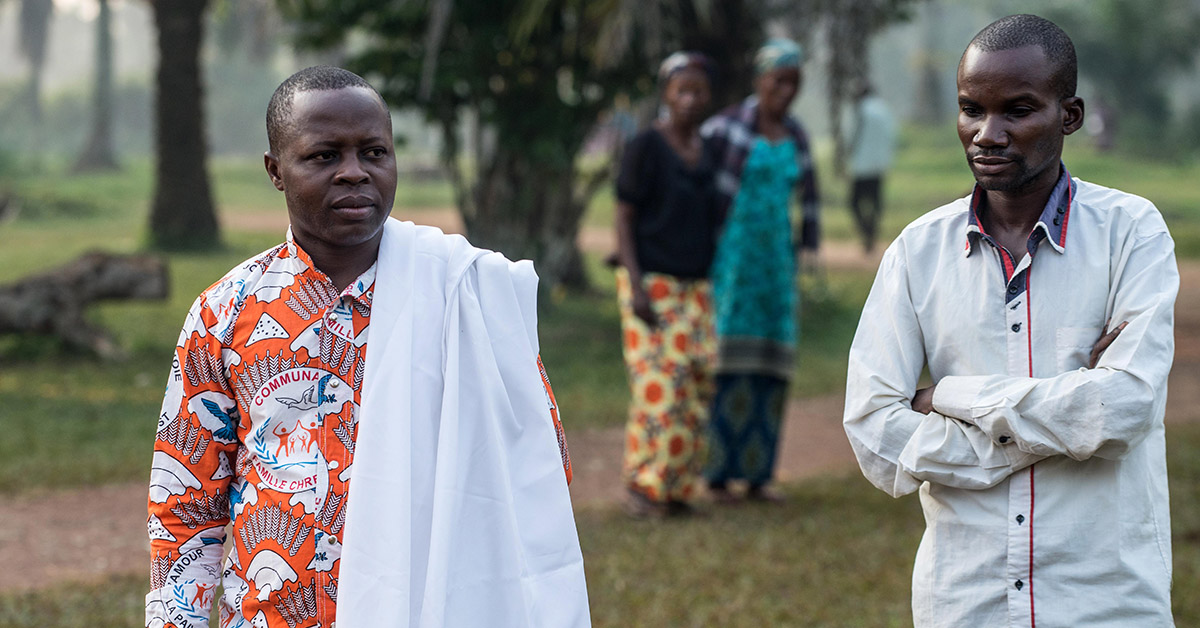The 2014-2016 Ebola outbreak in West Africa infected more than 28,000 people and killed over 11,000. Many Ebola survivors report experiencing a range of chronic symptoms after recovering from the disease.
The School of Public Health assisted in a study that examined the health of Ebola survivors and confirms that the survivors do tend to suffer from an increased number of health issues.

The report, co-led by Professor Cavan Reilly, was recently published in the New England Journal of Medicine. Reilly is the associate director of the school’s Coordinating Centers for Biometric Research, which oversaw the design, conduct and analysis of the study run in collaboration with the Liberian government and the National Institutes of Health.
“Studies that seek to determine if a group of people are unusually ill would normally compare their condition to a standard of health or that of a larger population of people, such as residents of a city, state or country,” says Reilly. “But in West Africa, ‘healthy’ can be very relative to the location, making it difficult to determine a ‘normal’ state of health.”
With this, Reilly and the study team examined 966 Ebola survivors along with 2,350 close contacts and sexual partners to serve as a comparison group. The researchers then compared the health of the survivors to that of the contacts group.
The study found that:
- compared to the group of contacts, Ebola survivors experience increased urinary frequency, headaches, fatigue, and neurological and musculoskeletal problems;
- memory loss was reported in 30 percent of survivors and less than six percent of their contacts;
- survivors also had twice as much joint and muscle pain as their contacts;
- 25 percent of survivors have uveitis, an inflammation of the eye that can lead to blindness. However, the study also found uveitis in 12 percent of the contacts group, which suggests Ebola is not necessarily the cause of the condition and it could be coming from other sources;
- genetic material from the Ebola virus can be found intermittently in the semen of male survivors for over 3 years.
“We found many examples where people would test negative twice for Ebola and then later test positive. Some people would go through multiple episodes of this up to 40 months or possibly longer after being infected with Ebola,” says Reilly. “However, it’s not likely that they’re contagious and can infect other people.”
“The findings suggest there’s a great need to provide follow-up care for Ebola survivors to help them deal with lingering health problems,” added Reilly. “The study results could also help improve the response to the current Ebola epidemic underway in the Democratic Republic of the Congo.”
Reilly and the study team are continuing to follow the health of the Ebola survivors at least through 2020. Additionally, the group is now working on a trial to evaluate the effectiveness of several drugs to treat people actively ill with the infection in Africa.

